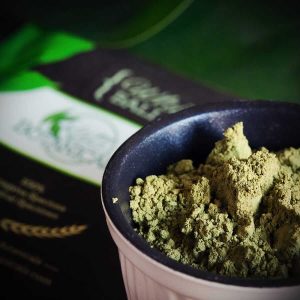
Kratom’s Role in Pain Relief: A Critical Examination
Kratom, a botanical substance derived from the Mitragyna speciosa tree, has gained popularity as a potential alternative for pain management. Its effectiveness and safety are hotly debated, prompting a closer look at its role in pain relief.
Mechanisms of Pain Relief
Kratom’s pain-relieving properties stem primarily from its active compounds, mitragynine and 7-hydroxymitragynine. These alkaloids interact with opioid receptors in the brain, similar to how traditional opioids work, but they do not create the same high level of dependency or risk of overdose.
This interaction can lead to significant pain reduction, especially in cases of chronic pain where traditional medications may be less effective or carry more significant risks.
Comparisons with Traditional Pain Medications
Unlike traditional opioids, kratom offers a dual mechanism of action: it can act as a stimulant at lower doses and as a sedative at higher doses. This versatility allows users to manage pain without the sedation that often accompanies conventional painkillers, which can be particularly useful during the day or when alertness is required.
However, because kratom is not as potent as most opioid medications, it may not be suitable for severe pain management, such as that experienced post-surgery or from serious injuries.
Safety and Side Effects
While kratom is generally considered safer than synthetic opioids, it is not without its side effects. Users may experience symptoms such as nausea, constipation, or dizziness, particularly at higher doses. These side effects are typically less severe than those associated with opioids, which can include deep sedation, addiction, and risk of fatal overdose.

Regulatory and Legal Considerations
The legal status of kratom is a significant barrier to its acceptance in pain management. In some regions, it is classified similarly to other controlled substances, which can limit access and discourage its use for legitimate medical purposes.
For those looking to explore kratom for pain management, it’s essential to buy kratom capsules from reputable sources to ensure purity and consistency.
Research and Clinical Studies
The body of research on kratom is still growing. Most studies to date are animal studies or limited clinical trials. More robust clinical research is needed to fully understand kratom’s efficacy and safety profile, and to develop guidelines for its use in pain management.
Conclusion
Kratom presents a complex but promising option for pain management, especially for those seeking alternatives to traditional painkillers. While it offers benefits, it also requires cautious consideration due to its side effects, potential for misuse, and varying legal status. As with any treatment, consultation with healthcare professionals is crucial.

